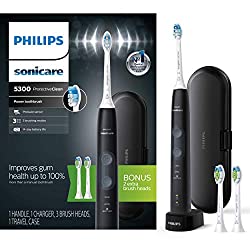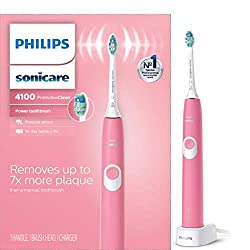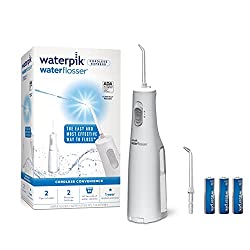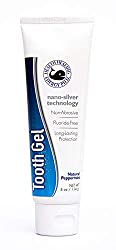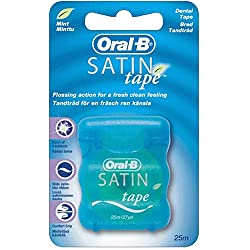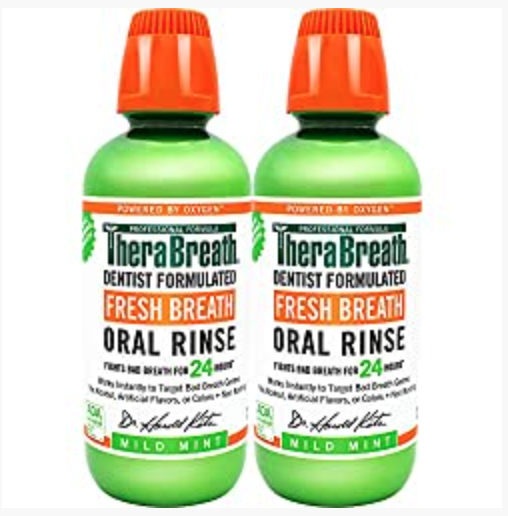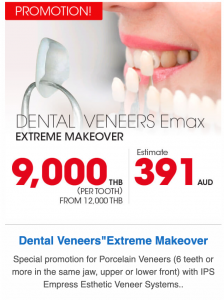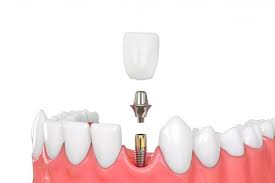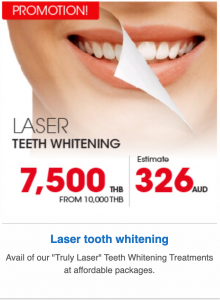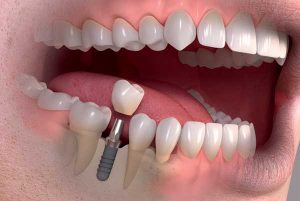There are different types of Veneers and materials. This blog will get into depth about these smile wonders that have been landing people on magazine covers or helping them get their next dream job.
What is a Veneer?
Veneers are thin, customized shells that are applied over natural teeth. Smile transformation is achievable through dental veneers. It is often a non-invasive and a pain-free solution to a beautiful smile. They can be the solution to a multitude of cosmetic issues such as stained, malpositioned, large gaps, chipped or broken teeth. Improving the outward appearance of teeth and can instantly boost confidence and pride with your overall appearance. Dentists can customize the overall shape, thickness, and color of a veneers based on your guidelines. Later in this blog, I will share tips on how to end up with a million dollar natural smile.
History of Veneers
The first dental veneer was prepared by Charles Pincus in 1928 for Hollywood stars. The materials for dental veneers kept evolving and became established by the 1980s. Etching veneers to teeth was a novel and a groundbreaking idea in cosmetic dentistry, introduced by Dr Michael Bunocore in 1980. This improved veneer adhesion, offered, a more permanent solution, after which dental veneers became more common across the United States and Europe. However, it was not until 1982, that Drs. R. J. Simonsen and John Calamia conducted research combining dental etch with special bonding resin and that paved the way for almost permanent veneers.
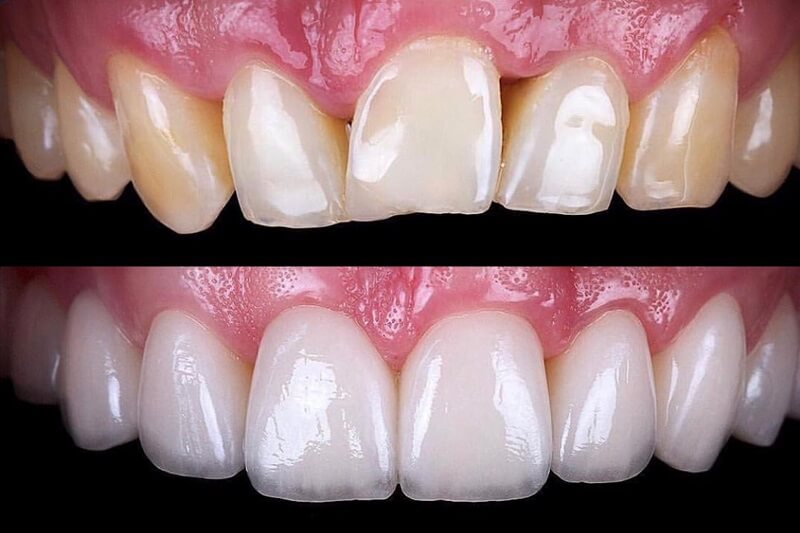
Initially Resins were introduced, followed by feldspathic porcelain and then pressable porcelain ceramics to create natural and translucent life-like appearance. Porcelain ceramics proved to be much more durable and wear resistant compared to resins.
Types of Teeth Veneers
Veneers are classified into to two main categories:
- Direct Teeth Veneers
- Indirect Teeth Veneers
Direct Veneers (Chairside Veneers)
Composite ( Resin ) Veneers
Composite resins, is a material used for tooth-colored dental fillings, also known as bonding. It is used to make Composite Veneers. A dentist can determine the best shade for veneers by matching the adjacent teeth to a pre-fabricated shade guide, artistically applying the composites to carefully shape it to proper contour and morphology. The final shape is then polished to a high luster. Direct Veneers require little of no tooth preparation which means it is very conservative, painless and often reversible. Direct veneers can be done in a single visit without the need to return for a following appointment.
Indirect Veneers
Indirect veneers is referred to as those veneers that are fabricated outside of a patient’s mouth and then inserted on to the teeth using an adhesive bonding. Indirect veneers require a minimum of 2 appointments unless the clinic has its own in-house dental laboratory or uses CAD-CAM technology in manufacturing.
Indierect Veneers can be prepless or can involve tooth preparation. The material used in indrect veneers can be a composite or a porcelain. The dentist takes a physical or a digital impression of the teeth and communicates with a dental laboratory techinician, the patient’s expectation. The ceramist, hand customize the veneers and delivers the final veneers to the dentist for a try-in appointment.
Table Comparing Indirect vs. Direct Veneers
| Direct Veneers (Chairside) | Indirect Veneers (Lab/CAD-CAM) | |
| Material | Composite | Composite, Porcelain, Zirconia |
| Strength | Medium to Strong depending on the bite | Medium to Strong depending on the bite |
| Durability | It can last a lifetime, depending on the amount of enamel surface area | It can last a lifetime depending on the amount of enamel surface area |
| Color | Less stable and prone to staining | Stable and does not stain |
| Number of Appointments | 1 | 2-3 Appointments |
| Cost | Generally less but highly skilled dentists charge more due to the time it takes compared to Indirect Veneers | Generally more and varies depending on the dental laboratory and the skills of both the dentist an the technician |
| Shade Selection | Usually limited unless the dentist is skilled in mixing shades and use of a product similar to Cosmodent. | It can be customized to the exact specification |
| Maintainance Cost | Low. Any broken or chipped areas can easily be repaired. | Low unless the Veneer is broken, it will require replacement |
| Use Case | Closing gaps, discoloration, lengthening teeth Change shape | Closing gaps, discoloration, lengthening teeth Change shape, Incisal wear |
What are the veneers used for?
Veneers are not just about having a Hollywood smile. Veneers are used in different situation to restore the shape of teeth to a more natural and satisfying result. Following is the list of some of the common situation where veneers are often used as treatment solution:
- Chips
- Cracks
- discoloration or staining such as tetracycline discoloration
- Spaces and gaps
- Teeth lengthening
Who is a good candidate for Veneers?
Generally any one over 18 years of age can be a good candiate for veneers. Eventhough, this is a general statement and the decision must be left to the treating dentist. Younger patients are generally not good candidate as the nerves inside of their teeth are too large and it can lead into traumatic tooth-nerve injury if the tooth needs to be prepared. This is of a less concen in prepless or direct veneers but it is always best to consult a dentist. Others who may not be a good candidate for veneers are those with super heavy bites , or an end to end bite which can lead to a veneer fracture. In situations where the bite is a problem, correction of the bite is necessary prior to application of veneers.
Brands of Veneers
Minimal-prep veneers/ no-prep are much thinner than traditional veneers and do not require extensive enamel removal. They are often a good option for patients wanting a more conservative treatment. Some well-known brands of minimal-prep veneers include LUMINEERS®, Vivaneers™, and DURAthin®.
- LUMINEERS® Veneers are digitally designed to be ultra-thin (as thin as a contact lens), for a seamless application over your teeth to deliver a natural-looking smile.
- Vivaneers™ Veneers are hand-waxed to give it an ideal shape after which it is invested and pressed. These ceramic veneers can be as thin as 0.3 mm. These veneers allow for translucent or opaque shading complete chair-side shade flexibility, depending on the shade choice.
- DURAthin® Veneers are very thin porcelain veneers that adhere directly to the front of the teeth without removing any tooth structure. For people wanting a conservative option while wanting the smile of their dreams, this could be an excellent option. The best part is if you ever want to have these veneers removed in the future, your natural smile would still be intact!
Traditionl veneers require preperation of the teeth. Eventhough teeth preperations can be viewed negatively by some dentists and even patients, the ideal preperation allows a stronger veneer and provides ideal contour and shape of the teeth. The proper shape creates harmony with the surrounding gum tissue both in terms of esthetics and long-term periodontal health. These veneers are often made from Lithium disilicate or zirconia which are ideal of strengthening weak teeth.
The following is a list of some of the well-known brands:
- DaVinci™: DaVinci is one of the most trusted porcelain veneer brands with over 30 years of experience.
- IPS Empress®: With 12 different shades, Empress veneers can be precisely customized to match the colour of your smile to help you achieve the most natural-looking results.
- IPS e.max®: Fabricates lithium disilicate veneers and have an extremely high success rate because of the material’s strength.
- CEREC® Veneers- Chairside Economical Restoration of Esthetic Ceramics, or CEREC, can create same-day restorations by converting your scans into custom porcelain restorations.
Steps involved in creating beautiful smiles using veneers
1. Finding the best cosmetic dentist
Dental veneers are a very intricate procedure and require a high level of training and expertise. However, what differentiates a good cosmetic dentist from a great one, is not only technical skills. Planning a case properly is the blueprint for success. You can read more about this in the book Smart Spending on Your Teeth- the Smart Series: The Blueprint for Having Success with Your Dental Treatment.
Dentists often have a list of patient references that prospective patients can call and talk to about their experience and the results of their treatment, despite many dentists arguing that they cannot disclose patient information because of HIPAA, many patients consent to the disclosure of basic information about them including before and after photography.
2-Communicating Smile Goals with Your Dentist at the first visit
The consultation appointment with your dentist is the first and the most important step to discuss smile goals. This is where the discussion about the type of veneers, materials, shape, color, and shade must take place. What do you not like about your smile? Is there something you want to change about the way your smile looks? What do you feel needs to be fixed? Once the dentist is aware of your needs, this is where the treatment planning begins. Having an open and honest conversation with your dentist about realistic expectations will help ensure achieving the best outcome.
3. Always Ask for a Mock-Up Preview
You can ask your dentists for a blueprint of your new smile. This can be through DSD ( Digital Smile Design ) or the use of physical or digital wax-ups. Wouldn’t it be amazing if you can see what your final smile would look like instead of a mental image? Well, the good news is, after you’ve decided on a plan of action with your dentist, you can preview your new smile. One option is for the dentist to create an exact model of your teeth using a modeling wax and shape veneers-like pieces on the model to show what can be achieved.
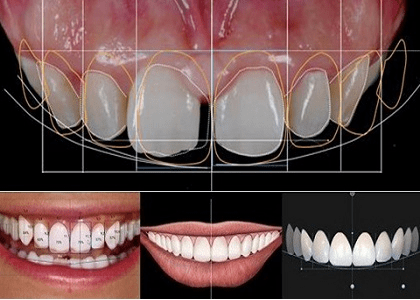
Another option is for your dentist to make temporary veneers out of a tooth-colored dental material that can be placed onto your teeth. After you have discussed and finalized the final look, these temporaries are removed.
Digital Smile Design is a tool that is used to design and modify the smile of patients digitally. A digital mockup of their new smile design allows them to visualize the smile beforehand before the treatment starts.
If a dentist is unwilling to do a mock-up and show what your teeth could look like, you may think twice about using that dentist for cosmetic dentistry. The mock-up is a communication tool between the dentist, the ceramist, and you. You also can get feedback from your friends and family regarding your new smile while still in a mock-up stage. Expect to pay for the mock-up as it is a direct cost to many dentists but is a very wise investment.
4.Choosing a new smile
If you have an idea or a certain way you want your dental veneers to be, you can take it to the consultation appointment. You can discuss it with your dentist, and they will be able to guide you about what looks and works the best for you. The best practice is clipping pictures off a magazine of your favorite smile.
Cosmetic dentists also have a “Smile Catalogue” handy to show the different variations of smiles. You may check out the LVI smile catalog.
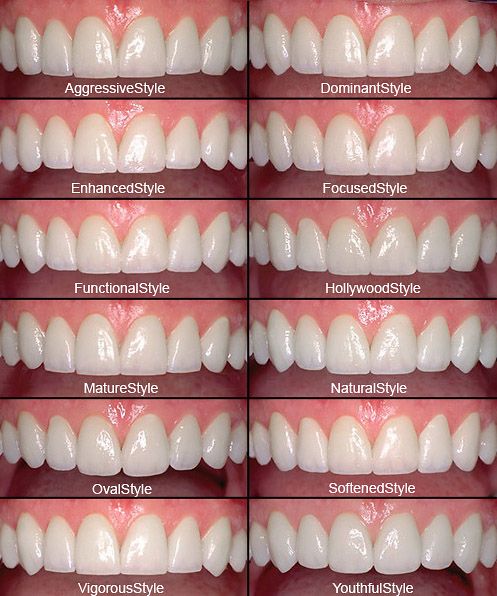
5. Decide on the number of veneers
This is one of the key factors that can make or break a case. Often inexperienced dentists focus on the front 6 teeth. Even though there could be clinical situations where doing veneers on the front 6 teeth is indicated, it often does not cover enough teeth in a person’s smile, making it look fake. This is because most patients show at least 8 teeth when smiling and often more after having the work completed as they feel more confident smiling and laughing. Determining the number of veneers with your dentist is all part of proper planning.

6. Teeth Preperation Appointment
This is the appointment where the dentist will prepare your teeth for an impression. If they have decided on a prepress veneer, he will skip the anesthetic step and the drilling. However, in many cases, good preparation is important for the proper shape, contour, and strength of veneers. If you have opted for an indirect veneer method, the dentist will need to take a physical or a digital impression such as i-tero or 3-shape. Once the impression is completed, then a mock-up of your new veneers will be installed. The mock-up will act as a prototype of your new smile. It is important that you take your new smile and really examine the overall shape and even the shade. If any changes are required, this is the time to communicate all the changes with your dentist.
8. The Final Step– Delivery Appointment
Once your final veneers have been crafted, your dentist will bond them to your teeth using a special material that will essentially make your tooth and your veneer one unit. The first part of the appointment involves looking at your new teeth on a model. Then once you have approved them, the dentists will remove the previous mock-up and use various materials to prepare your teeth for bonding. Some dentists may want you to check the veneers in place using a special paste, while others may skip this step and rely on the original mock-up for verification. Once your final veneers are placed, the dentist will check your bite to ensure no interferences.
Why fees vary among dentists for veneers?
There are many factor affecting prices for veneers from the skills of dentists to location.
Dentist skills
Dental veneering is a very intricate procedure and requires a high level of training and expertise, which can take many years. An experienced dentist might charge more as they are charging for skills. Cosmetic dentists have undergone intensive cosmetic dentistry training and often have invested over US$100,000 post their normal dental education. Few dentists have also achieved outstanding recognition levels by becoming a fellow of the American Academy of Cosmetic Dentistry.
The Ceramist skills
The skill and craft of a dental technician/ceramist in creating veneers are of paramount importance to provide the patient with the result that is similar to what was agreed upon at the consultation stage. These extraordinary technicians are truly the dentist’s technical partners. Those well known for their artistic capabilities have also invested a great deal of time and money in achieving these results.
Choice of Dental Material
Zirconium, Lithium disilicate, and Ceramics are more expensive as compared to Composite Resin. Also, other materials used in the preparation and cementation phase can impact the overall pricing.
Location
Certain geographic locations can affect the pricing structure. The labor cost in some parts of the world, such as the USA, Canada, and Australia, is much higher than in Bangkok, Phuket, Los Algodones, or Mexico City.
Taking care of Veneers
Caring for Dental veneers is quite similar to caring for your natural teeth. If well maintained, they have the potential to last 10-15 years. Here are some tips on how to properly care for and maintain your veneers.
Practicing proper oral hygiene will prolong your veneers’ life and keep your mouth healthy.
Use a Soft Toothbrush
Avoid Hard-bristled toothbrushes and abrasive toothpastes as they can damage the surface of your veneers.
Keeping Gums Healthy
Gum disease tends to cause inflammation in the gums and sometimes causes them to recede. Receding gums will expose part of the veneer, which could, in turn, impact the overall appearance. Continue to practice proper oral hygiene and have routine dental visits to prevent gum disease.
Regular Dental Checkups
It’s important to have regular dental checkups, especially with veneers. This allows your dentist to check up on your oral health and repair the veneers as needed.
Avoid Hard, Crunchy and staining food
Hard, Crunchy foods like hard candy, chewing ice can cause your veneers to chip or crack.
Avoid Grinding and Clenching Teeth
If you have such habits, discuss them with your dentist to give you treatment options to stop this bad habit before it can cause damage to your teeth or veneers.
Avoid Foods That Stain Your Teeth
Try to avoid drinks such as coffee, red wine, and carbonated drinks. The adhesive that is used to keep your veneers attached is not resistant to stains. This could cause the edges of your veneers to stain.








